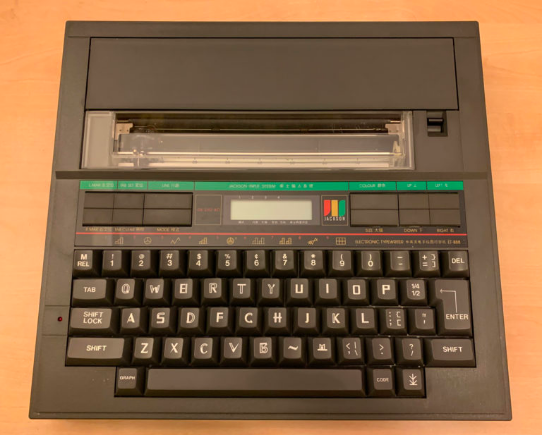Most people care about their typefaces
Appearances matter, especially whether fonts have serifs or not.
"Font Wars Spread After State Department Replaces Times New Roman with Calibri
"'I'm banging my head against the wall;' camps divided in fallout from government efforts to make documents easier to read"
By Katie Deighton, WSJ (3/14/23)
One wonders whether it is a matter of functionality and efficiency or esthetics and taste. Whatever motivates the confrontation, one thing is evident, and that is that people have deeply held opinions in favor of / against one side or the other.
What sounds like a typeface tempest-in-a-teapot has boiled over in the U.S. and U.K., where changes in document requirements have set off a war of words among cantankerous font factions.
The State Department announced in January that Calibri would replace Times New Roman on official documents to make them easier to read. U.K.’s Home Office, for similar reasons, x-ed out the 83-year-old Times New Roman, which has the wings and feet on letters known as serif style.
…
Read the rest of this entry »
 …)
…)